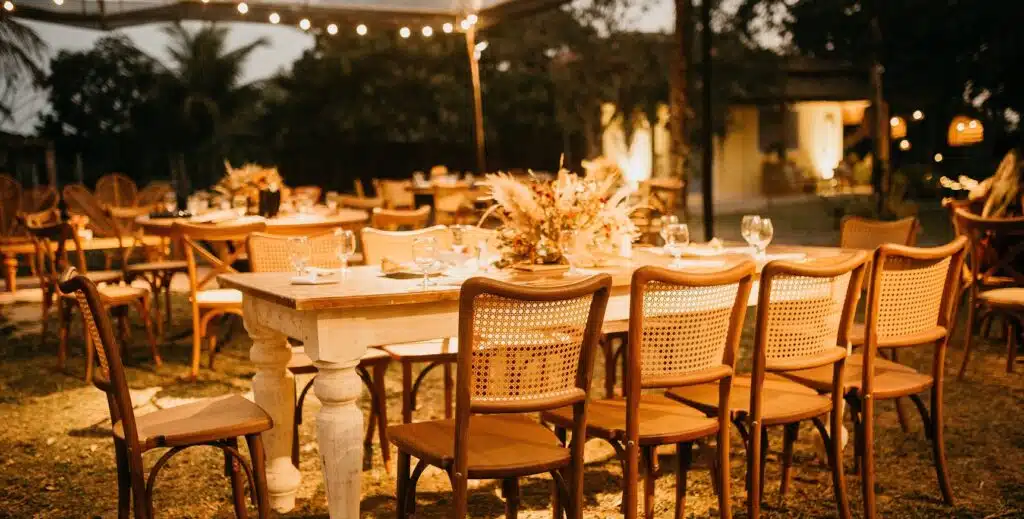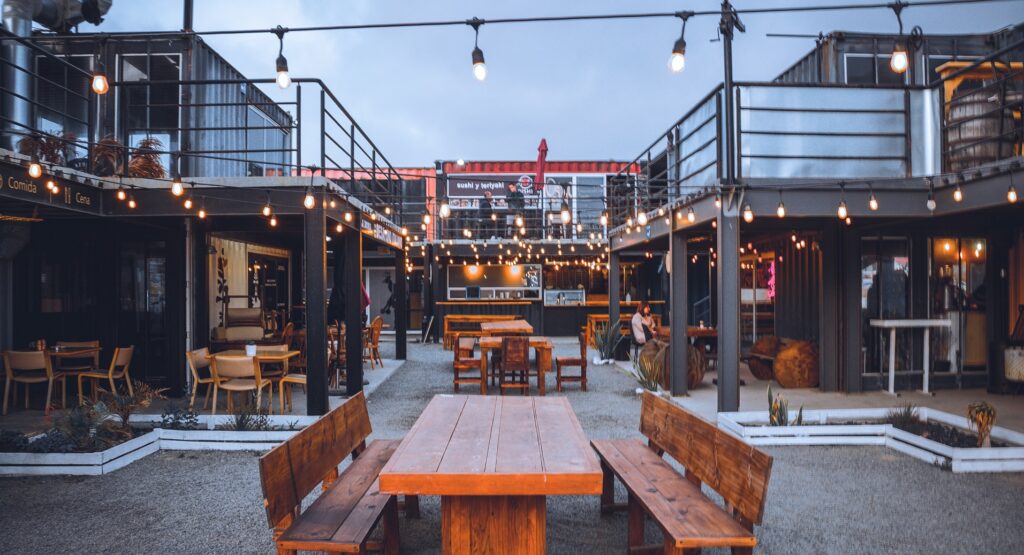Outdoor lighting systems can get expensive, but with smart decisions, you can enjoy professional-grade landscape lighting systems and get the best value. Here are money-saving tips and insights from the professionals at Outdoor Lighting Systems in St. Louis.
Choose Smart DIY Options
One of the most important things to remember about landscape lighting systems is that quality matters. If you buy cheap lighting systems that use flimsy materials and are not well-made, they will fall apart within a few months. You might save money on the initial purchase, but your savings disappear when you have to repair or replace the system every time the wind blows a little more than usual.
The components of in-the-box landscape lighting systems (versus contractor-grade lighting fixtures) are almost always cheaper, from the wiring to the connectors to the fixtures themselves. While the systems may work fine at first, the cheaper materials are less durable and will corrode and wear faster. Fixtures get dented, connectors quit working, and wires break more easily, which means more maintenance work and repair costs for you.
Be Savvy with Solar
Be aware of solar lighting systems, in particular. They may seem like a good investment: after all, you’ll be saving money on energy costs. However, that’s usually not what happens. There are a few problems with DIY solar lighting kits. Most solar lights aren’t powerful enough to provide the light you need, explains Daniel Frost, co-owner of Outdoor Lighting Solutions. You end up buying more lights to make up for it, or your landscape lighting system doesn’t look good. Second, the batteries in most solar lighting systems are not meant for long-term use. “If you take apart the solar kits, most of the time you’ll find a cheap, AA rechargeable battery,” says Frost. “It’s not a high-quality rechargeable battery, and it usually works for about a year before it quits holding a charge.” Ultimately, you have to replace the fixtures, the batteries, or the whole system before you even get close to breaking even on what you save in utility costs.
When using simple, DIY solar lights remember that they have a lifespan of about a year and won’t put off a bright light. Don’t expect more from them. They can still be part of your landscape lighting system—perhaps as a placeholder for better fixtures, to play around with lighting design, to add extra lights for a party, or to use seasonally.
Upgrade for Energy Savings
For long-term energy savings, Frost says, the best move is upgrading old landscape lighting fixtures from incandescent bulbs to LED bulbs. “There are two kinds of LED bulbs: the drop-in type, and the integrated type,” says Frost. “If you have fixtures that use incandescent bulbs, you can replace them with the drop-in type of LED bulbs. They use 80% less energy consumption and provide more light output.”
LED bulbs have also come a long way in color temperature; you no longer have to accept a bright, harsh, blue-toned light if you get LEDs in your landscape lighting systems. You can choose from cooler and warmer light temperatures, and get the tone and intensity you want for your outdoor lights.
Beware the Underpowered Transformer
One of the most important considerations when installing a landscape lighting system is the transformer. It’s also usually the single most expensive component, and people are tempted to get the cheapest option. That’s a mistake, says Frost. “People think about buying a transformer for the lights they have at the moment—the smallest, cheapest option,” he says. “But when they want to add more lights to their system, the transformer can’t handle the additional load.” If your transformer is underpowered for the load you put on it, you can burn it up and have to replace the whole thing. Or, if you want to add more lights, you may have to purchase an entire additional transformer.
Make Plans to Expand
Instead, consider that your landscape lighting system is a series of projects, and you can complete one project at a time. Purchase a transformer that is powerful enough to handle the load when all the projects are completed. You’ll have a heftier cost upfront, but you won’t risk burning up the transformer or having to add a second one. And, as you complete more areas of your landscape lighting system, the cost will be less: you will have to purchase only the needed fixtures and wiring, and the transformer you already have will handle the load.
If you’re not sure what kind of fixtures are best, or what size transformer you need, the team at Outdoor Lighting Systems is happy to walk you through the options. Get in touch and they’ll come out to your home, provide a free estimate, and even do a full demo of the landscape lighting system you want.




